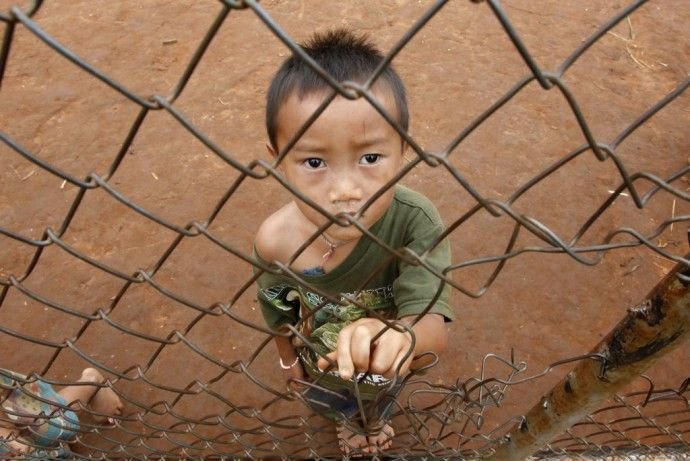Low-income nations weathered global financial crisis relatively well: IMF

The world’s low-income countries coped much better during the global financial crisis than in past global downturns, according to a new study from the International Monetary Fund (IMF).
The study covered 64 countries in sub-Saharan Africa, the Middle East and Europe, Asia, and Latin America and the Caribbean.
Unlike in prior crises, real per capita GDP growth stayed positive in two-thirds of low-income countries during this crisis, remaining well above growth in richer countries.
The report found evidence that this growth was supported by a robust domestic counter-cyclical fiscal policy responses.
“Low-income countries entered the crisis with lower inflation, more manageable fiscal and current account deficits, higher international reserves, and lower debt than in previous downturns,” said Stefania Fabrizio, the lead author of the paper.
“This gave them much more room for maneuver to let their fiscal automatic stabilizers operate and increase real spending. This is a welcome change from the past, when most low-income countries tended to tighten fiscal policy during global downturns.”
Thomas Baunsgaard, co-author of the paper, noted: “Our analysis shows that this countercyclical fiscal response allowed vital spending to be preserved, in particular on social sectors and infrastructure. This in turn helped mitigate the negative impact of the global crisis on economic growth and the poor.”
The IMF has committed about $5 billion to low-income countries in concessional loans since the beginning of 2009, roughly four times the historical average.
“Financial support from the IMF has reduced liquidity constraints and spurred donor support, helping countries with IMF-supported programs boost spending more than in countries that did not have such programs in place,” the group added.
Low-income countries also benefited from a global allocation of the IMF’s reserve asset, the Special Drawing Rights (SDR), which helped boost the international reserves held by many countries.
“Economic growth in low-income countries is expected to rebound quickly, driven in part by the global recovery,” IMF said.
“There are, however, important regional differences, with low-income countries in Latin America and the Caribbean, Middle East, and Central Asia expected to recover more slowly than those in Asia and Sub-Saharan Africa. “
A key challenge for low-income countries, the IMF indicated, will be to restore fiscal space and rebuild reserves without compromising the need for continued growth in real spending.
“Most countries are expected to realign their fiscal and current account positions over the medium term, partly thanks to the cyclical rebound in exports and revenues,” IMF noted.
The study found that about half of the 64 low-income countries could absorb another shock with limited or no need for adjustment. The others, however, face external or fiscal vulnerabilities that would limit their ability to respond to another large shock.
“The appropriate pace and extent of rebuilding these buffers depend on country-specific vulnerabilities and exposure to future volatility,” Chris Geiregat, a co-author of the paper, said.
To strengthen their defenses against future shocks, some countries will need to focus on fiscal realignment and others on monetary and exchange rate policy, depending on the nature of the vulnerabilities, IMF asserted.
A small group faces both significant external and fiscal pressures. Low-income countries in Latin America and the Caribbean stand out as particularly vulnerable, with less favorable prospects for growth and weaker policy buffers.
© Copyright IBTimes 2024. All rights reserved.





















